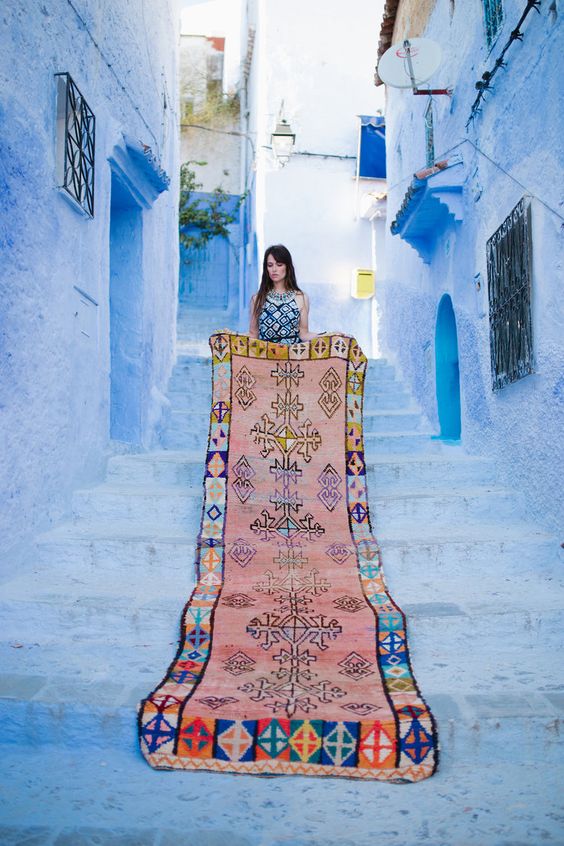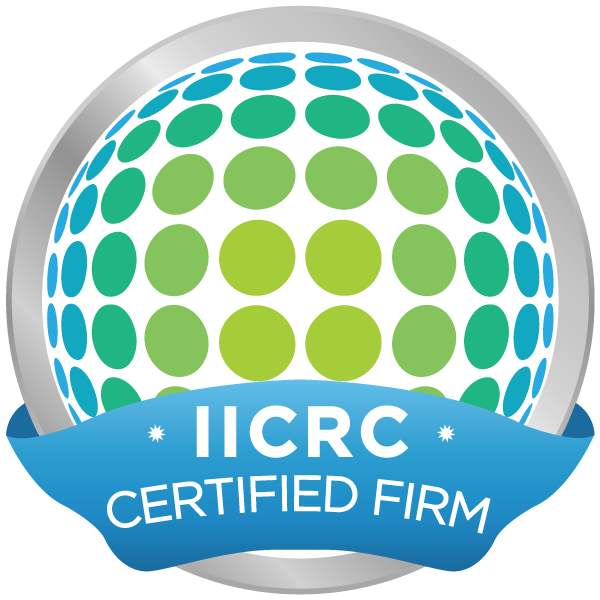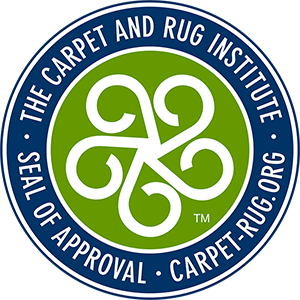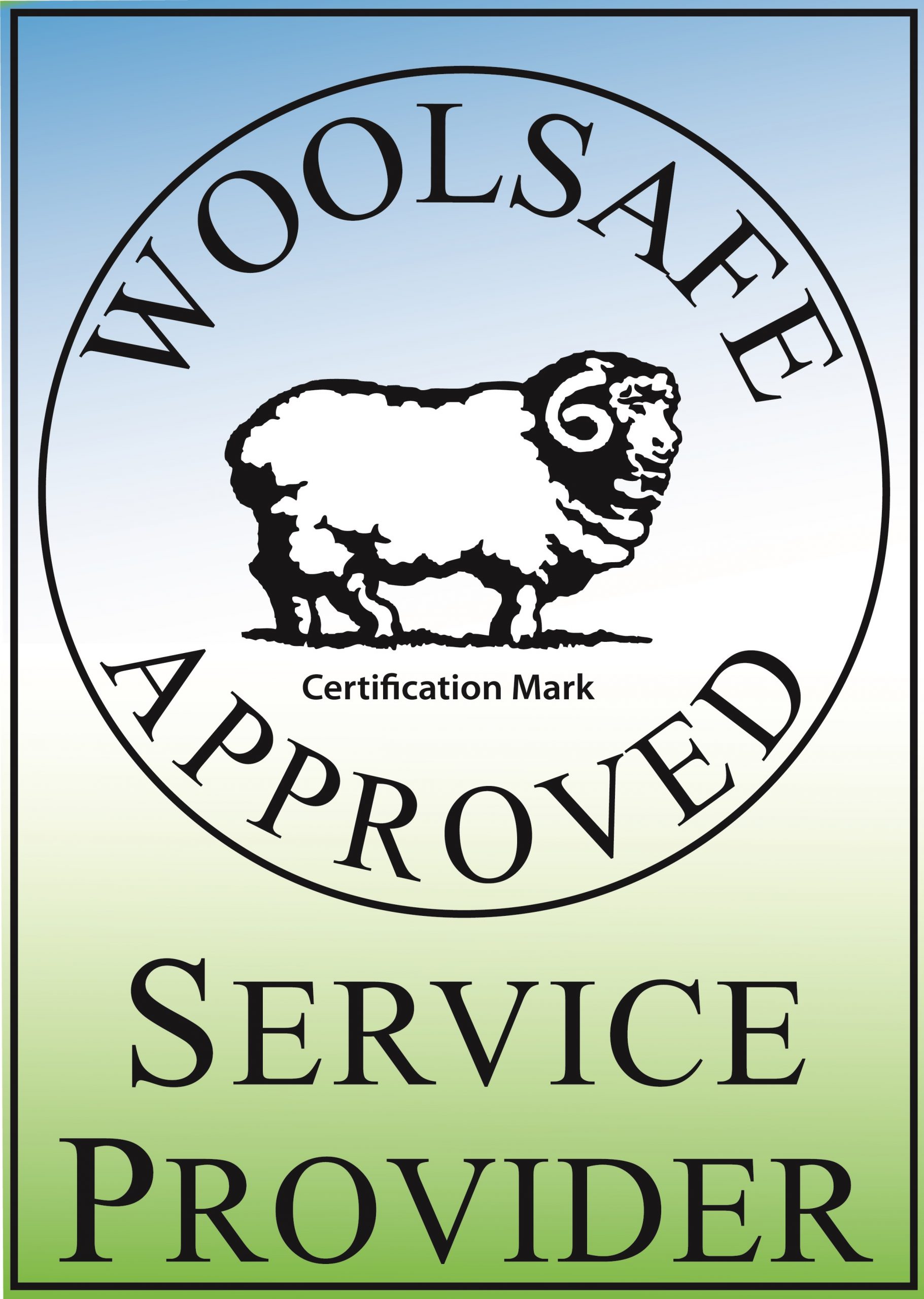Myths About Oriental Rug Values

When it comes to Oriental, Persian, Chinese, wool and silk area rugs, their history seems steeped in mysteries of the East. It can start with a rug retailer giving a “little story” about the rug to enhance the sale. Or just wrong information which is repeated so many times it takes on a life of its own.
So like Myth Busters on television let’s bust a few rug myths.
Rug Myth Number One
Oriental rugs are identified only by design. FALSE. The design is just one component used to identify hand-knotted rugs and their value. Construction, including the type of knots, signatures, having a firm grasp of “Oriental” history, the age of the textile, origin, and experience are the best methods to identify all rugs.
Rug Myth Number Two
All oriental rugs appreciate in value.
Most post-World War II rugs do not appreciate in value, nor will most rugs purchased new today appreciate in value. Consumers most likely paid more for some rugs in the 60’s and 70’s than they are worth today. The 90 line 9 x 12 Chinese rugs purchased in the early 1980’s for $4,000 can be found for under $1,000 today.
Rug Myth Number Three
All old rug rugs are worth a lot. The condition is most important when determining value. An old rug in poor condition is just an old rug. An old rug in good condition may also be without value if it lacks artistic merit. However, some old rugs are worth repairing, and the value will increase with proper restoration.
Rug Myth Number Four
Persian (Iranian) rugs are better than rugs from other countries. Some older, traditional Persian rugs pre-WWII, such as Ferahan Sarouk, Motashem Kaskan, Tabriz, Bijar, Heriz, specific tribal pieces, and other well-constructed semi-antiques will always have a market in the right condition.
Since the fall of the Shah in 1979 and the embargo on Persian goods in 1987 (which was lifted in March 1999), other countries have improved and increased their output of rugs. The quality of Persian rugs since the early 1970’s has gradually deteriorated. There are certainly notable exceptions such as rugs produced and exported by Miri & Jalili in South Persia. Time will tell if the overall quality will return. If it does it will be smaller quantities and at higher prices. It will be a big job as they have much catching up to do.
Rug Myth Number Five
Never vacuum oriental rugs. About 80 percent of soil in rugs is dry particulate matter. It acts as sandpaper and damages the face of the area rug. Some rugs have a thick pile; if they are not regularly vacuumed and cleaned, the soil will become so embedded it becomes a difficult task to remove all of it. You should use caution to vacuum parallel to the rug end so as not to damage the fringe.
Rug Myth Number Six
Knot count is the best indication of value. Knot count partially determines the value of only a few traditional Persian rugs. Examples are Nain and Isfahan. The value of silk rugs is also partly based on knot count. New, mass-produced rugs from China, India, and Pakistan come in a variety of qualities and designs. Generally speaking, the more knots per square inch, the higher the price per square foot. However, once these mass-produced rugs are placed in use, their value in the secondary market is not based on knot count.
Rug Myth Number Seven
Oriental rugs should never be wet cleaned. A well-constructed oriental rug can undoubtedly be wet cleaned after first doing a pre-cleaning inspection including a colorfastness test. What should be avoided is cleaning rugs in the customer’s home unless there are extenuating circumstances such as size, weight or furniture, etc. The Oriental Rug Importers of America recommends that hand-made rugs be cleaned every 2 to 4 years, based on traffic, spills, pets, and the indoor environment.
Rug Myth Number Eight
Oriental rugs should never have a protector applied. This idea that somehow a fluorochemical will devalue a rug is just an ugly old myth. All area rugs should be protected against the chance that someone will spill a beverage and cause a permanent stain. Rug protectors do not make them bulletproof, but allow blotting up of spills to be much more effective and can prevent spots from becoming stains.
Rug Myth Number Nine
Rug pad is a waste of money. Rug pad provides a protective layer between the rug and the floor. It helps minimize slippage, increases the life of the rug, makes the rug feel thicker and more luxurious, smoothes out irregularities in the floor, and absorbs noise. All area rug pads are not created equal. The best pads for hardwood and tiled floors have a layer of synthetic felted material with rubber coating on the backside. Oriental Rug Salon sells a variety of quality area rug padding that’s custom cut to fit each rug.
Rug Myth Number Ten
Silk rugs are a great floor covering. Silk rugs (or most anything silk) are expensive. Silk rugs are not practical to use on the floor. They are not as durable, and because individual manufacturers use poor quality silk and dyes, they cannot be cleaned as invasively as good wool rugs. Once they become quite soiled, it is difficult to restore them to their original appearance. Though they can be beautiful, silk rugs are best used as wall decorations or in a room where they’ll receive little to no foot traffic.
Rug Myth Number 11
All area rug cleaning companies are the same. FALSE! Some area rug cleaning companies use the “batch wash” mechanical method that simply washes all area rugs the same. These batch washing plants throw between 8-12 rugs in a large washer, push a button, and wait for the “cleaning process” to end. Can you imagine your antique Tabriz area rug thrown in a tub with a cheap discount carpet that contains pet urine and washed together?
Anyone can push a button, and that is what makes batch washing so attractive to some cleaning plants. They don’t need highly trained professionals. Just someone who can load a washtub and press GO!
At Oriental Rug Salon, each area rug trusted to us is washed by hand. Hand washing allows us to monitor the progress of the cleaning from start to finish and provides an opportunity for specialized attention if needed.
Every technician at Oriental Rug Salon is a specialist in Oriental rug cleaning. They are not carpet cleaning technicians, and they do not clean tile or upholstery; they are certified specialists in rug cleaning PERIOD!
Our professionals have the experience, certification, and knowledge to deliver outstanding results to every cleaning performed. In fact, carpet cleaning and other rug cleaning plants who run into challenging area rugs, or who have made a mistake and damaged a client’s area rug know they can count on our services for the best shot possible at reversing a “boo-boo.”
Rug Myth Number 12
Rug cleaning, is rug cleaning, is rug cleaning so always opt for the lowest price you can find.
Gamble with this misconception, and it could cost you.
Rug cleaning is a very specialized and labor-intensive procedure and if you want a proper cleaning job then be prepared to pay a reasonable charge. Be wary of companies that charge ridiculously low prices because in most cases they are inexperienced, uninformed, have no industry certifications, do not own a specialized rug cleaning plant, and can’t tell the difference between a hand-knotted antique Bokhara from Pakistan and a machine made Karastan from Georgia.
Professional Oriental rug cleaning by Oriental Rug Salon will do more than just shampooing the surface of the rug. Every rug is thoroughly dusted to remove deep-set grit trapped in the foundation, then carefully hand-washed with love by an experienced rug cleaning professional.
Oriental Rug Salon is a full-service Oriental, wool and silk area rug cleaning and repair facility serving clients worldwide. We are a Certified Partner with the prestigious Institute of Inspection, Cleaning and Restoration Certification (IICRC) and the International Carpet & Rug Institute (CRI). In addition, we are A+ rated with the Better Business Bureau and a four-year-in-a-row-winner of the coveted Angie’s List Super Service Award.
For more information on our thoroughly exhaustive area rug cleaning process, or to learn how to “read” an Oriental area rug, please visit us online at www.OrientalRugSalon.com or call us anytime at 239-424-7171 – Lee and Collier County or 941-893-1655 – Punta Gorda, Port Charlotte, and Sarasota FL.
Please LIKE US on Facebook to receive tips and money-saving coupons on cleaning services and repairs. Our Facebook address is: https://www.facebook.com/OrientalRugSalon/
How to buy an Oriental rug | How to clean and Oriental Rug | Oriental Rug Cleaning | Oriental rug appraisals | Oriental rug valuations | Hand-washing of Oriental rugs | Wool area rug cleaning
Oriental Rug Cleaning Naples, Cape Coral, Bonita Springs, Lehigh Acres, Estero, Marco Island, Fort Myers, North Fort Myers, Fort Myers Beach, Sanibel, Captiva, Sarasota, Punta Gorda, Port Charlotte, Pine Island, Alva, Buckingham, Saint James City, Useppa, Matlacha, Bokeelia Florida



